Objects raise hopes of scientists managing to track ‘blobs’ being swallowed by black hole.


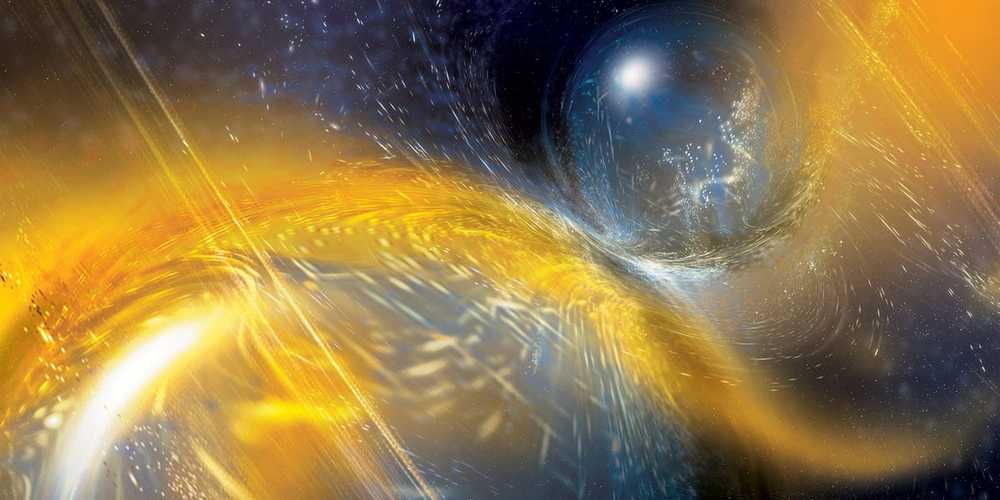

It would be really, really exciting if a single observation could completely overturn astrophysicists’ current understanding of the universe. But that hasn’t happened yet, at least with regards to dark energy.
This week, a press release proclaimed that “new evidence shows that the key assumption made in the discovery of dark energy is in error,” garnering some attention from astronomers and riling up science skeptics. But scientists have already identified some issues with the paper’s claims.
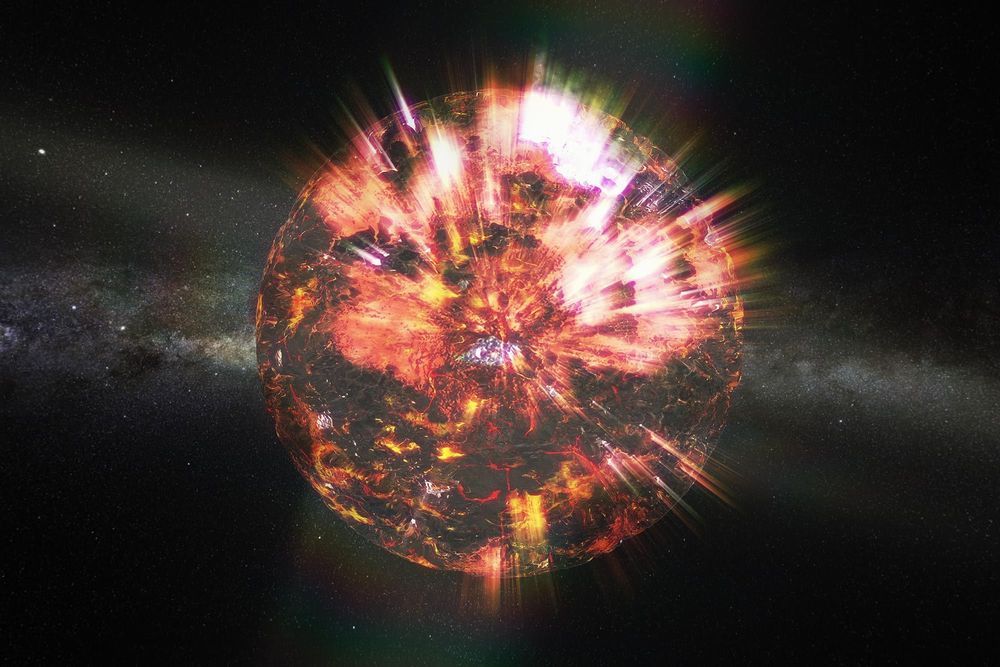
When David Poses As Goliath
Stellar black holes form when massive stars end their life in a dramatic collapse. Observations have shown that stellar black holes typically have masses of about ten times that of the Sun, in accordance with the theory of stellar evolution. Recently, a Chinese team of astronomers claimed to have discovered a black hole as massive as 70 solar masses, which, if confirmed, would severely challenge the current view of stellar evolution. The publication immediately triggered theoretical investigations as well as additional observations by other astrophysicists.
Among those to take a closer look at the object was a team of astronomers from the Universities of Erlangen-Nürnberg and Potsdam. They discovered that it may not necessarily be a black hole at all, but possibly a massive neutron star or even an ‘ordinary’ star. Their results have now been published as a highlight-paper in the renowned journal Astronomy & Astrophysics.

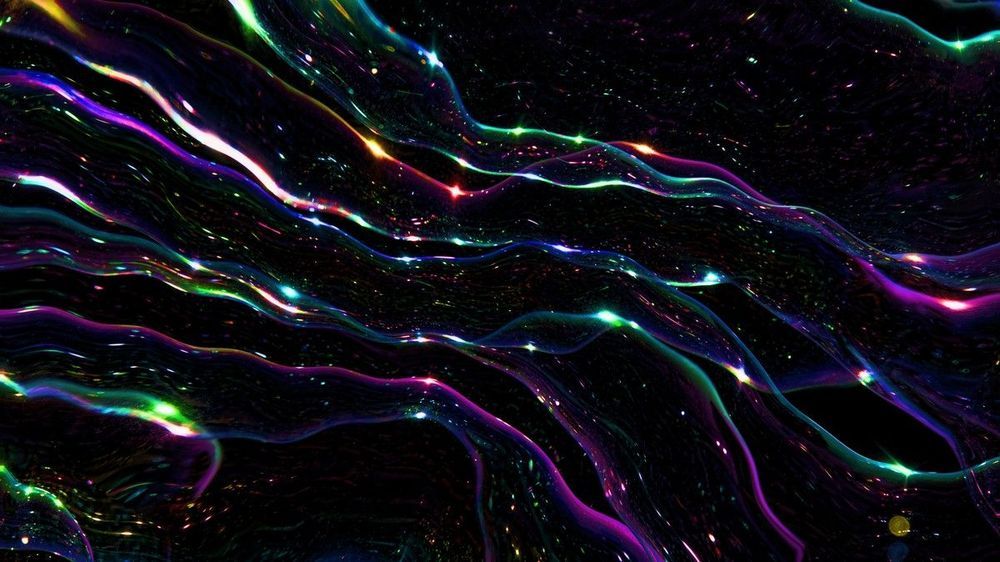
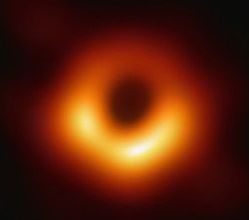
The image, and resulting data, has helped astronomers learn more about black holes in general, and this one in particular, making that two-year wait more than worthwhile. Part of the reason for the delay was simply the logistics of gathering so many observations. Each observatory collects data over a narrow range of wavelengths, resulting in massive amounts of information — the equivalent of up to 5,000 years of mp3 music files. That’s too much to just email someone. Researchers instead had to find ways to physically move that data around. For instance, to transport the information out of the South Pole Telescope in Antarctica, scientists had to wait until spring, when planes finally started flying out again.
Only then could researchers begin the complicated process of stitching together data from the eight observatories, a technique known as interferometry. The team had their work cut out for them: Raw files from each of the observing sites came in with different angles on the sky, in different wavelengths and at different observation times.
“The calibrating and working with it took many months,” Özel says. “And at the end we synthesize it into a single image.” But that’s still not the end of the work, she says. “[You] spend another six months worrying about all the things you might have done wrong, and ask yourself more and more questions, until finally you can be certain that what you have is real.”
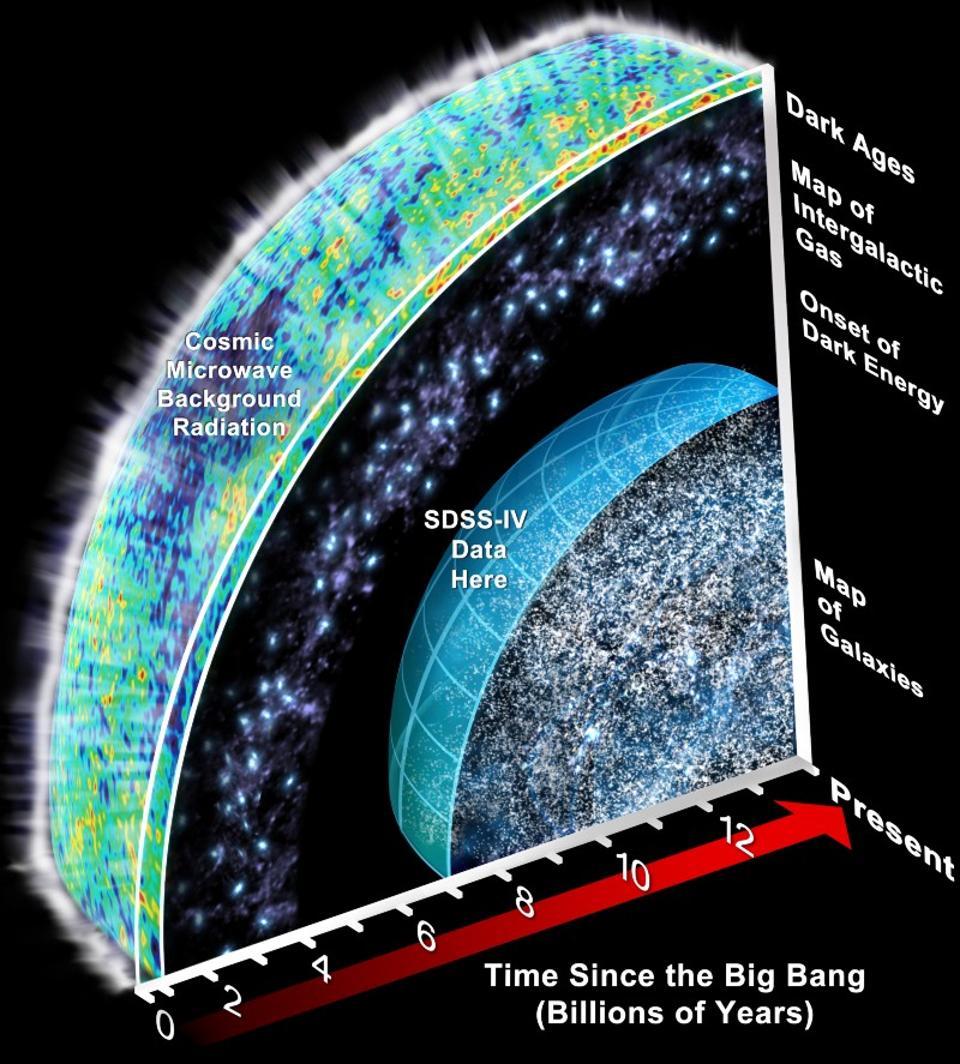
With each new year that comes upon us, there are a slew of new events awaiting us not only here on Earth, but throughout the entire observable Universe. Despite all appearances that things don’t change very much, particularly on cosmic scales, our planet, the Solar System, the galaxy, and even the entire Universe all undergo significant metamorphoses that are not only detectable, but that cumulatively add up as time goes on.
It might be easy to notice the major events as Earth orbits the Sun, such as the changing moon phases, eclipses, meteor showers, and comets passing through our skies. Variable stars change their appearances, new stars form, and old stars die. Occasionally we’ll even witness a cataclysmic event, such as a supernova, black hole merger, or gamma-ray burst. But even a single year can herald some amazing ways our Universe is forever altered.

From the first black hole image to the first image of quantum entanglement, mankind achieved a lot in 2019!